The digital evolution Challenges and opportunities
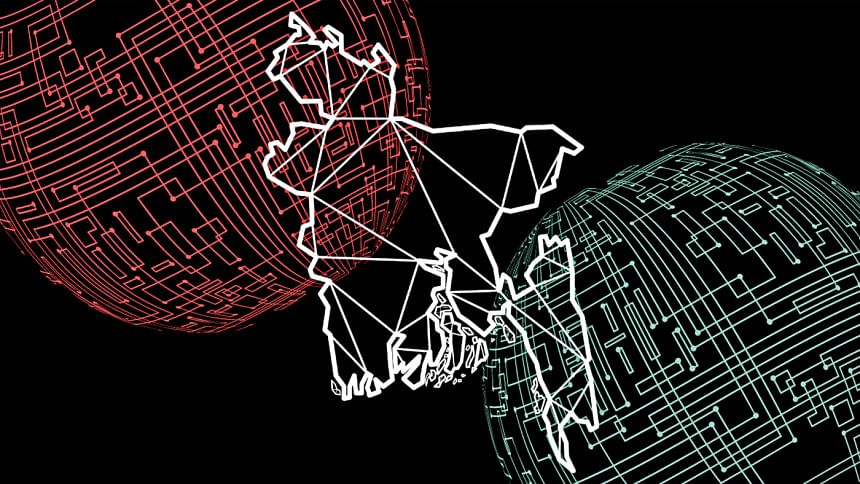
According to the Bangladesh Telecommunication Regulatory Commission (BTRC), the number of internet users in the country is 132.8 million, of which 119.06 million are mobile internet users and 13.74 million are internet service provider (ISP) and public switched telephone network (PSTN) users. In early 2024, there were 52.90 million Facebook, 33.60 million YouTube, and 37.36 million TikTok users nationwide, according to the advertising resources of the relevant organisations.
According to the "Digital 2024: Bangladesh" report by DataReportal, 17.6 percent of adults over 15 have sent money online or using mobile devices, and 3.1 percent have made a purchase. Credit cards are held by 0.6 percent, and debit cards by 4.9 percent. According to a Bangladesh Bank report, the number of digital transactions rose from 366.7 million to 478.7 million between December 2023 and June 2024, increasing their percentage of all transactions from 51 to 56 percent.
From all the statistics shown thus far, the nation is moving towards digitalisation—we will require more bandwidth and utilise more data in the near future. How ready we are in this regard is the question. Between 2021 and 2023, India's exports totalled $119 billion, $142 billion, and $162 billion, respectively. In contrast, our ICT service exports for the same years totalled $618 million, $721 million, and $636 million (Source: WDI, World Bank). Unfortunately, we were unable to export even $1 billion worth of services despite all the noise.
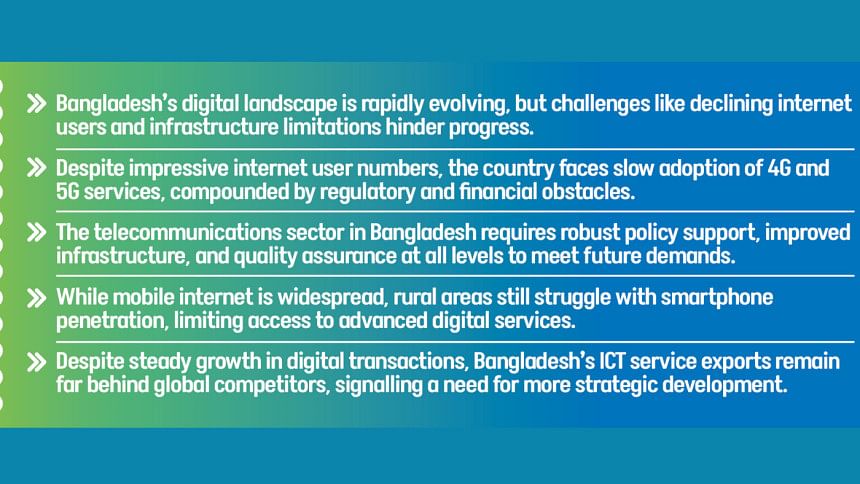
Since June 2024, the nation's mobile subscriber count has been declining monthly, from 196.08 million in June 2024 to 188.7 million in November 2024. In a similar vein, since June 2024, the overall number of internet users has been steadily decreasing, falling from 142.17 million to 132.8 million in November 2024. This decrease is definitely not encouraging.
It should be noted that the government has discussed digitising numerous government services at different points in time. Additionally, efforts are being made to bring a number of domestic facilities online. Now, the return on investment will be bigger the more individuals this investment can help. One way to get a return is to bring the maximum number of citizens under the umbrella of smartphones and the internet.
GSMA, the global organisation of mobile operators, said in a report last October that only 26 percent of mobile phone users in rural Bangladesh use smartphones. The rest use feature phones, which are known as button phones. Both smartphone users and declining internet users are causes for concern for us. Public-private partnerships, appropriate policy support, and the creation of a business-friendly environment can overcome these weaknesses and achieve the desired goals.
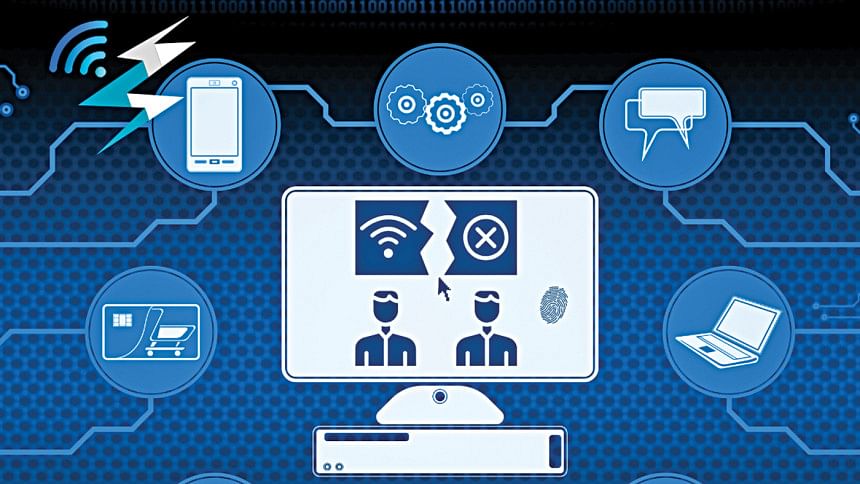
In 2006, Bangladesh started operating a 7.5 Gbps primary capacity submarine cable as a member of SEA-ME-WE 4 (SMW4) and joined the SEA-ME-WE 5 (SMW5) submarine cable consortium in 2014. Both SMW4 and SMW5 are owned by Bangladesh Submarine Cables PLC (BSCPLC), a state-owned public limited company with about 77 percent of the shares held by the government.
The bandwidth used in the country from BSCPLC's submarine cable system as of June 2024 was about 2,696 Gbps, which is about 45 percent of the country's international bandwidth market. According to the Bangladesh Broadband Connectivity Report, the total fibre optic deployment has reached 173,845 km, and the total network bandwidth has reached 6,600 Gbps. Except for the bandwidth provided by BSCPLC, the remaining bandwidth is mainly provided by International Terrestrial Cable (ITC). In 2012, BTRC granted ITC licenses to six private operators, four of which are now in active commercial operation. ITC licensees provide services through international terrestrial cables connecting Indian landing stations to Bangladesh from neighbouring India.
Internet connectivity in Bangladesh begins with the International Submarine Cable and the ITC, which provide bandwidth to the International Internet Gateways (IIG). From the IIG, the internet reaches the last-end ISPs through the Nationwide Telecommunication Transmission Network (NTTN). ISPs provide internet to the subscribers. As per BTRC, there are 4 Submarine Cable license holders, 34 IIG license holders, 6 NTTN license holders, 7 ITC license holders, and 2,715 ISP license holders in Bangladesh, although not all of them are operational.
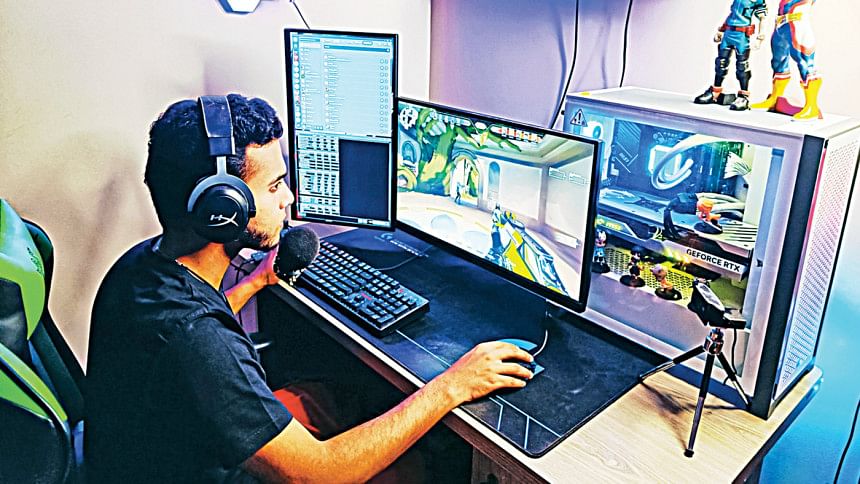
It is clear that the internet reaches the consumer through various levels of operators, businesses, and technological steps. In this entire journey, policy support is needed to eliminate monopoly, as well as to ensure that service delivery is not hampered due to dependence on others. Just as it is necessary to create a competitive market, it is also necessary to create a business-friendly environment to facilitate the work of the stakeholders.
Since ISPs are spread across the country and no matter how much quality is ensured at the IIG and NTTN levels, if quality is not ensured at the ISP level, the entire service will be substandard for the customer. It is possible to force a few IIG or NTTN licensees to do something by giving instructions, but how to involve thousands of ISPs in quality assurance activities needs to be thought about, planned, and practical solutions need to be found.
As of June 2023, Grameenphone is the largest mobile operator in rural Bangladesh in terms of customers, and its market share is about 43.76 percent, followed by Robi (Axiata) at 30.3 percent, Banglalink at 22.5 percent, and Teletalk at 3.5 percent. Mobile internet provided by these mobile operators is the way for about 90 percent of users to access the internet. According to Grameenphone, by the end of 2023, Grameenphone had 46.6 million internet users, which was 57 percent of its total subscriber base; 4G data usage increased by 10.1 percent compared to the previous year. Data revenue increased from 25.6 percent of total revenue in the previous year to 29.1 percent.
Bangladesh's digital mobile voice communication was launched with 2G in 1996, followed by 3G with video calling and high-speed data facilities in 2013. In 2018, the 4G system with even higher speed and advanced technology was launched. In Bangladesh, about 34.34 percent of mobile connections are still dependent on 2G networks, which only support voice calls and text messaging services, while India has 8.38 percent of 2G users and Bhutan has 8.02 percent. One of the reasons for this is the lack of 4G service everywhere and the inability to buy handsets that support it.

The world is currently accelerating the transition to 5G. 5G employs a revolutionary network design that offers ultra-high-density connection, millisecond-level latency, and peak bandwidth exceeding 10 Gbit/s. Cloud computing, big data, and artificial intelligence technologies are all intricately linked with 5G. It serves as the foundation for the digital revolution in every sphere of existence.
Teletalk Bangladesh Limited was the first to launch 5G services on a trial basis in December 2021. Of the remaining three mobile operators, Banglalink Digital Communication Limited launched 5G services on a trial basis in selected locations in July 2022, while Robi Axiata Limited and Grameenphone Limited launched 5G services on a trial basis in selected locations in September 2022.
However, there has been little progress in the commercial implementation of 5G. It has been stalled due to infrastructural constraints, lack of customer readiness, delays in spectrum allocation, inability to purchase 5G-enabled handsets, uncertainty about investment protection for operators, etc. According to the BTRC Annual Report 2022-23, the BTRC was supposed to oversee the identification of suitable areas for 5G and set a target for the commercialisation of 5G services by 2024-25.
In the telecommunication sector of Bangladesh, apart from the dependency created by different levels of licensing, the lack of data centres and cache servers from internationally renowned and widely used service providers, the inability to provide data at the customer level quickly, the delay in expanding infrastructure due to uncertainty of investment protection, etc., are accompanied by the imposition of unreasonable levels of VAT and taxes on these services.
Recently, the National Board of Revenue (NBR) has taken the initiative to increase the supplementary tax on mobile phone usage from 20 percent to 23 percent. However, just six months ago, it was increased from 15 percent to 20 percent. Currently, customers pay Tk 138 for a mobile voice or internet service of Tk 100, which includes VAT, supplementary duty, and surcharge. When additional taxes such as revenue sharing and minimum tax are added, the total tax burden is more than 54 percent, the highest in the world, which has generated a huge response among stakeholders (January 8, 2025, The Daily Star).
The good part is that BTRC has recently started discussions with stakeholders. It is being reported that initiatives are being taken to identify problems at various levels. It is also seen that steps are being taken to ensure the quality of service. However, this sector, which is made up of many stakeholders, will not be solved by the efforts of just one or two parties—it will require sincere cooperation from everyone. Service providers should come out of the mindset of only increasing revenue, the regulatory authority needs to abandon the idea of needless mediation, and the citizens of the state should be at the centre of everything, as they are entitled to receive services without hassles.

 For all latest news, follow The Daily Star's Google News channel.
For all latest news, follow The Daily Star's Google News channel. 


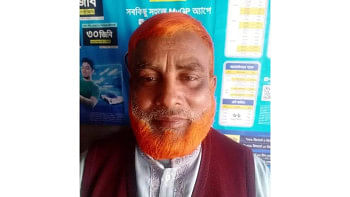
Comments